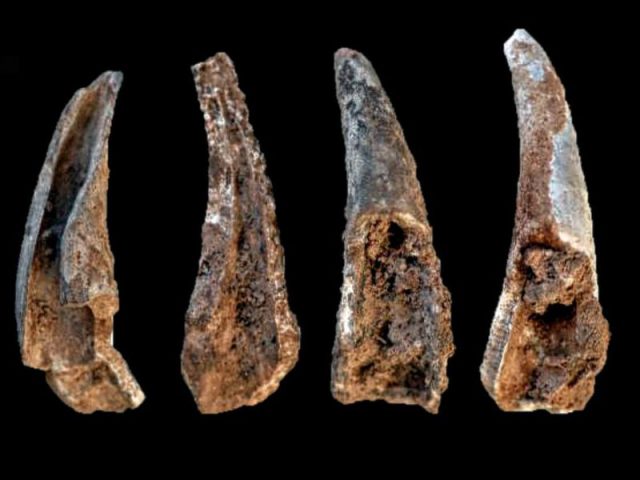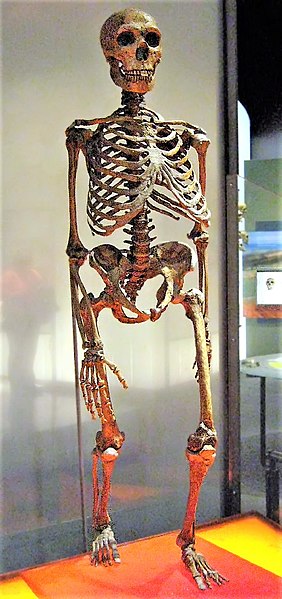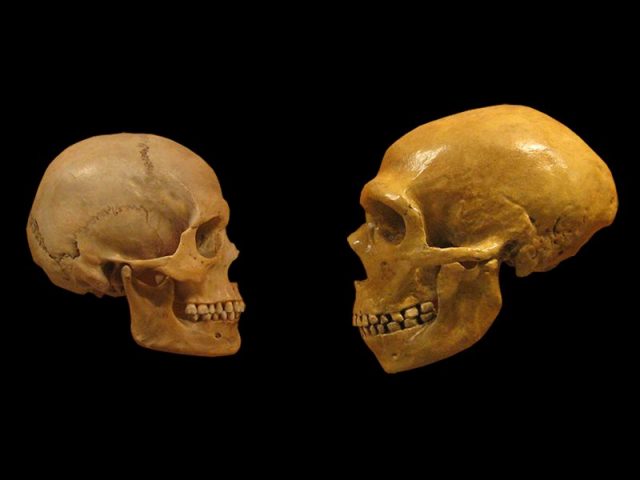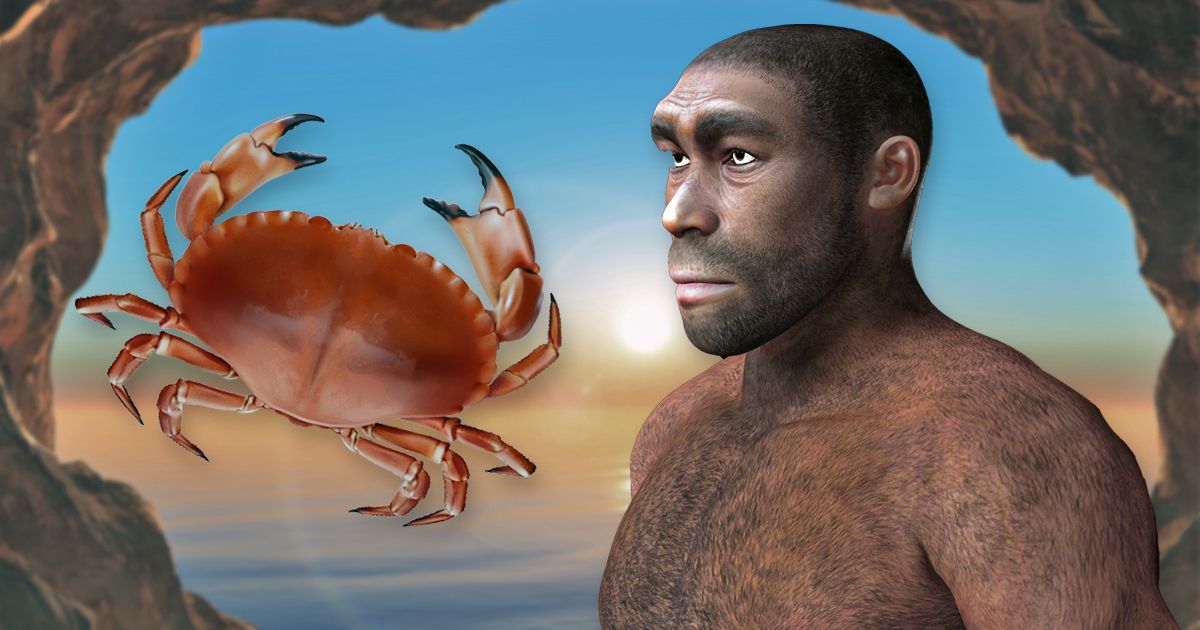The food most enjoyed by your typical Neanderthal is now believed to have come from the sea. Seafood tends to be something folks either love or hate, depending on where they grew up and the culture in which they were raised. On Canada’s Atlantic coast, for example, kids start eating lobster almost as soon as they’re out of the cradle. What seems like a luxury menu item to central Canadians in Ontario is so commonplace in Nova Scotia that, by the time they are teenagers, young people there find lobster positively boring and dull.
Experts have now learned that long ago neanderthals preferred seafood, creatures that crawled out of the sea, like crab, fish, mussels and even shark and seals. Contrary to their popular image, that of meat eating carnivores who loved to gnaw on animal flesh, Neanderthals loved ocean delicacies as much as they loved meat. The evidence to prove this theory were found in a cave about 20 miles south of Lisbon, and were excavated and explored by scientists during the 1980s.

But in 2010, a team of scientists went back to the cave, called Figueira Brava, and did a little more research. Much to the team’s delight and surprise, they found evidence of ocean critters that apparently made up a substantial portion of the Neanderthal diet. Filipa Rodrigues, an archaeologist on the team who in late March published findings in the journal “Science,” told the New York Times recently, “We all have that image of the primitive Neanderthal that eats lots of meat,” she explained in an interview. “Now, we have this new perspective that they explored the marine resources like Homo Sapiens (who came soon after) did.” Rodrigues is a professor at the University of Lisbon.

The initial research at the cave revealed that Neanderthal used the sea to find materials for tools and beads for jewelry, often made from shells they found nearby. But these revelations about diet are new. In addition to Rodrigues, Dr. Joao Zilhao was doing research at the cave, too. Zilhao is with the University of Barcelona in Spain. Because the cave is small, dark and difficult to maneuver inside, only two or three scientists could access it at once. Zilhao was collecting samples and sediment during one excursion, when he realized he’d found something highly unusual.

The initial research at the cave revealed that Neanderthal used the sea to find materials for tools and beads for jewelry, often made from shells they found nearby. But these revelations about diet are new. In addition to Rodrigues, Dr. Joao Zilhao was doing research at the cave, too. Zilhao is with the University of Barcelona in Spain. Because the cave is small, dark and difficult to maneuver inside, only two or three scientists could access it at once. Zilhao was collecting samples and sediment during one excursion, when he realized he’d found something highly unusual.
The team is hoping these revelations will improve Neanderthal’s image, which is of the classic caveman chowing down on ribs, steaks and all manner of red meat to the exclusion of other dishes. “The real Neanderthal,” Dr. Zilhao told the Times, “are like what we’ve been able to show at Figueira,” and not the popular “Flintstones” caricature we see in cartoons and movies.
Related Article: Disfigured Bones Reveal Neanderthals Getting it on with Family Members
It’s more than image, however; the archaeologists believe that eating seafood even then enhanced mental acuity, Rodrigues said, as indicated by sophisticated social customs they employed, including burial rituals. So early humans were always carnivorous, but not exclusively. Just like today, Neanderthals clearly understood the importance of balancing red meat intake with fresh seafood, even if they did so more because of availability, rather than moral or philosophical issues.
